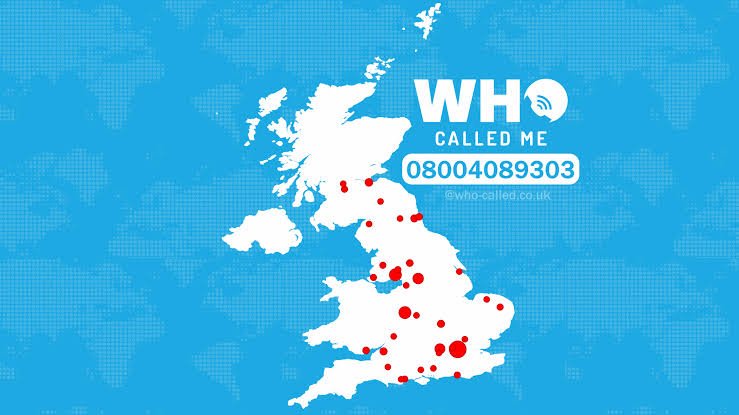Understanding the Cruciality of [Crucialidade]
In today’s fast-paced world, where every decision and action carries significance, understanding the concept of [Crucialidade] is paramount. From personal choices to professional endeavors, acknowledging the cruciality of various aspects of life can significantly impact outcomes. Let’s delve into the essence of [Crucialidade] and explore its implications in different spheres.
Unveiling the Meaning of [Crucialidade]
Defining [Crucialidade]
At its core, [Crucialidade] refers to the critical nature or importance of a particular situation, decision, or event. It embodies the significance attached to an action, marking it as essential or pivotal in achieving desired outcomes.
Contextualizing [Crucialidade]
Understanding the context in which [Crucialidade] operates is crucial itself. Whether in personal relationships, business strategies, or societal developments, recognizing pivotal moments can guide individuals and organizations towards success.
The Significance of Recognizing [Crucialidade]
Enhancing Decision-Making
Acknowledging the cruciality of a decision enables individuals to prioritize effectively and allocate resources wisely. It empowers them to focus their efforts on areas that yield the greatest impact, leading to more informed and strategic choices.
Navigating Challenges
In times of adversity or uncertainty, recognizing the cruciality of the situation can provide clarity and direction. It allows individuals to devise proactive strategies and navigate challenges with resilience and determination.
Applying [Crucialidade] in Various Aspects of Life
Personal Development
Embracing the concept of [Crucialidade] in personal development fosters self-awareness and growth. By identifying key moments for reflection and action, individuals can embark on a journey of continuous improvement and fulfillment.
Professional Excellence
In the realm of business and career, acknowledging the cruciality of opportunities and challenges is instrumental in driving success. Whether it’s seizing market trends, making strategic investments, or fostering innovation, understanding pivotal moments is essential for achieving professional excellence.
Conclusion
In conclusion, [Crucialidade] permeates every facet of life, guiding decisions, shaping outcomes, and influencing trajectories. By embracing its significance, individuals and organizations can navigate complexities with confidence and purpose, ultimately realizing their full potential.
FAQs (Frequently Asked Questions)
1. How does one identify crucial moments in life?
Recognizing crucial moments involves introspection, understanding priorities, and assessing potential impacts on goals and aspirations.
2. Can the concept of [Crucialidade] be applied universally?
Yes, the notion of [Crucialidade] transcends boundaries and is applicable across diverse contexts, cultures, and circumstances.
3. What role does intuition play in recognizing crucial moments?
Intuition often serves as a guiding force in identifying pivotal moments, offering insights and instincts that complement rational analysis.
4. How can organizations leverage [Crucialidade] for strategic advantage?
Organizations can harness the concept of [Crucialidade] by integrating it into decision-making frameworks, fostering a culture of adaptability and foresight.
5. Is [Crucialidade] a static or dynamic concept?
[Crucialidade] is inherently dynamic, evolving in response to changing circumstances, perspectives, and objectives.


